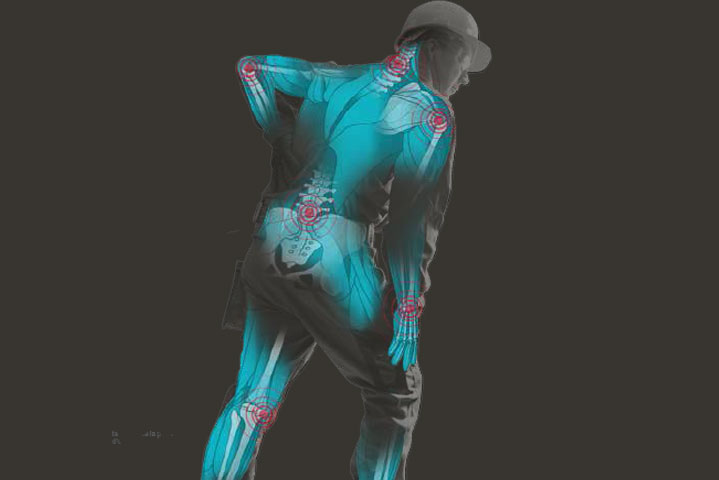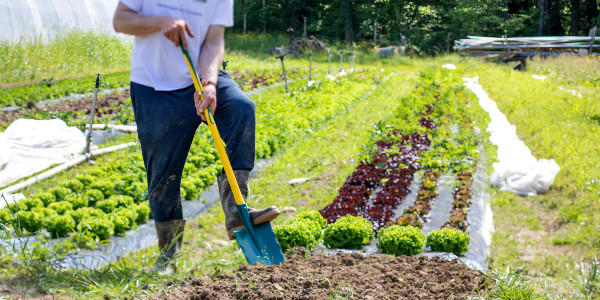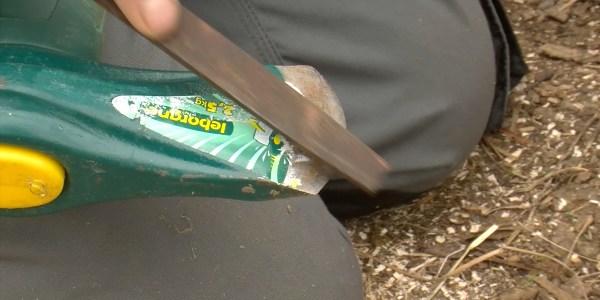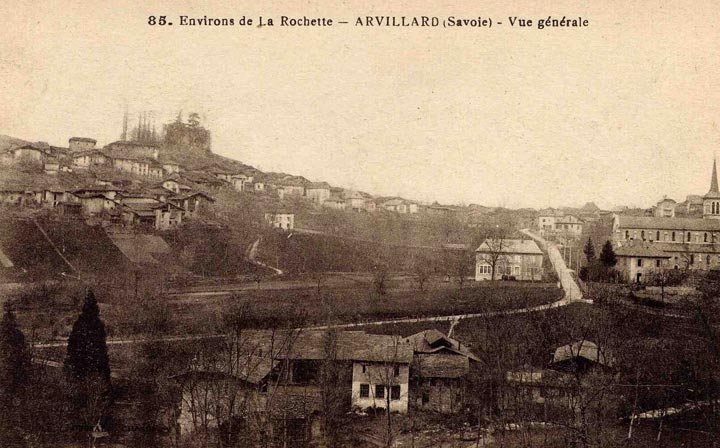Choosing your tools
Choosing your tools
There are 2 motivations behind the purchase of garden tools : the first is to acquire a set of tools for the work needing doing in your vegetable garden or for maintaining your lawn, and the second is when you are forced to purchase the same tool again, at a higher price, of course, but better quality because the first one could stand up to the treatment.
To avoid wasting time and money, you must first of all decide what you need and then you must not hesitate to invest in a quality tool from the start, it will certainly more expensive to buy, but it will always be ready for use for a long time to come.
Determining your needs for garden tools
To determine your set of tools, the best idea is to look at what your neighbours and the professionals in your area are using. As they work with the same soil as you in the same climate, they will be able to advise you according to your expectations: the garden tools will not be the same for maintaining a small flower garden or for grounds stretching over several hectares; for planting a few aromatic herbs in a pot or for managing a vegetable garden to feed a family throughout the year…
Learn from others to acquire the right movements for gardening
Learn from others to acquire the right movements for gardening
The right choice of garden tools as well as the correct movement need to be learnt from a professional, the sales assistant in a store or an experienced gardener. Always remember to ask for safety advice for use, storing and maintenance of the chosen tools.
The handle – the other important element of garden tools
For digging tools handles are available in 2 versions, T or knob, handles are generally chosen according to local habits for use. In France knob handles are more common whereas some other regions prefer T-handles ;
However, the two types of handle each have their own characteristics:
The knob handle is longer and provides more effective leverage
The T handle gives the users better control of the load thanks to its T-shaped grip.
Not only the shape, but also the material used is very important because it is directly related to the robustness of the tool. How many gardeners have experienced the frustration of being forced to stop work after their wooden handle has broken, generally due to a great effort, when trying to move a large stone buried in the garden for example.
To avoid this unpleasant situation many of them have chosen our Novagrip or Novamax handle with its fibreglass core (knob or T version) which ensures great strength in particular during efforts of bending.
Do not forget your back when gardening!
Three hour stretches working in your vegetable garden or maintaining your hedge or your lawn, time flies especially when you are enjoying yourself. If you use tools without the right ergonomics, backache is never very far away.
Our advice for avoiding backache when gardening:
Use a tool which is appropriate for your body shape (weight, height and above all handle length)
In preference, use tools from brands which offer long handles (1m for pickaxes/1.10m for combined hoes and forks/1.30m for hoes and shovels/1.50m or even 1.80m for rakes and scrapers) and do not hesitate to change the handle if the original length does not suit you.
Do not use tools with handles where finger hold have been moulded or engraved because they suit only one type of hand and for all the other types extra pressure is required.
Choose handles whose surface has sufficient grip to reduce the pressure required, when working in the rain, for example.
Wear gloves which fit your hand perfectly and with a good grip comparable to grip with bare hands
Avoid bending at an angle between the hand and the wrist, try to keep a natural, neutral position
Do not strain too much, adopt a comfortable posture with straight back and knees bent (position when pulling on a pick axe for example)
Use specific tools such as the Rotogrif’ or the Biogrif’ to avoid digging over the soil and thus protecting your back as well as conserving the natural microbial composition of your soil.



